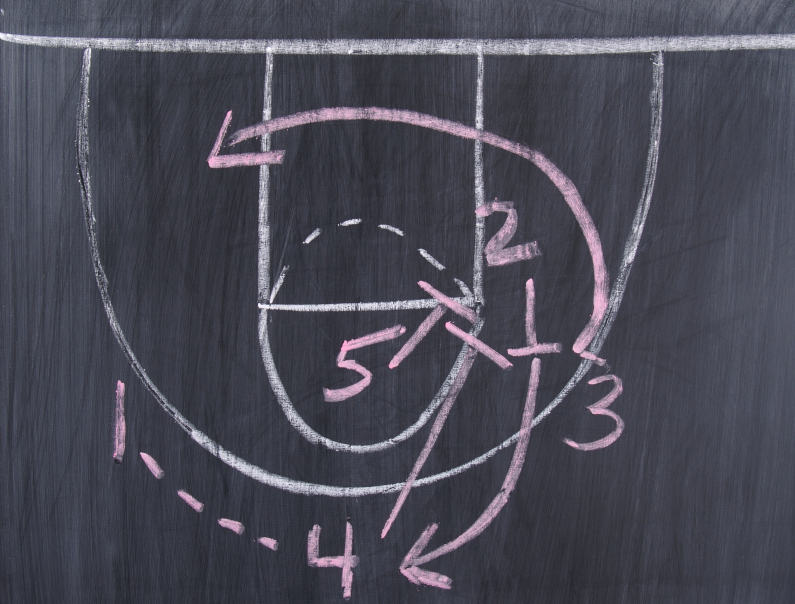My post, Marketing Displaces Sales, created a lot of comments and discussion. It’s clear, our customers want to be engaged in different ways. They don’t care about the title on someone’s business card, they want timely, relevant, high quality information. They want relevant discussions about their business and goals–regardless of whether it comes from the sales person, account manager, marketing, product management, customer service, or the receptionist (they sometimes give me the right answer-when all else fails).
Redefining our customer engagement models, our processes, our workflows, our roles and responsibilities, skills—and yes our metrics and compensation models–is critical to aligning with our customers and creating value in every interchange — and creating results for our own organizations..
The new customer engagement model is a lot like a high performing basketball team. My good friend, Rich Bravman, @rebravman, originally came up with this model–and he’s given me permission to shamelessly steal it.
In basketball, there are very clearly defined roles and responsibilities–guards, forwards, and a center (not to mention coaches, etc.). There’s a captain–a leader, that guides the team on and off the court. The team has plays (the process) which they practice over and over until they become natural and second nature. They know how to execute these plays with precision, and the plays drive much of their strategy for the game.
But what both the roles, responsibilities and plays really provide is the ability for the team to be nimble, agile, and flexible. In competition, they need to identify challenges and opportunities quickly. They need to adapt the play responding to what’s happening in real time on the court. Without strong plays and clear roles and responsibilities, they’d be paralyzed. Their ability to respond, to seize the opportunity would be catastrophic–they wouldn’t know how to work most effectively with each other.
The plays and roles, don’t constrain them, in fact they empower them. They are flexible, adapting what they do to score. They get the ball to the person in the best position to move the ball forward or to score. The best performing teams aren’t focused on the performance of one individual–the team star. Those guys are double and triple teamed. They are prevented from scoring. Likewise, the player that may be a show-boater, and not a team player, adversely impacts the performance of the team.
The highest performing teams act as teams. They execute plays without even thinking about them, they are nimble, agile, and flexible.
This is the model for how our “customer engagement teams.” We need to have teams of people working as one. Each bringing different skills, each having a different role–but adaptable. We need to have plays–processes. The ideal way we will engage the customer in their buying journey. We need to execute those plays with precision, but we can’t be rigid. We have to be adaptable to changes driven by the customer or competition. We have to be nimble in our responses. Finally, we have to get the “ball” to the best person at the moment. That person is the best one to move the opportunity forward. The “ball” will be passed back and forth until we get in scoring position–and the most appropriate person will take the shot.
Our old and rigid models of marketing and sales paralyze us. The make us slow to respond. They make our responses inappropriate or uncompetitive. They reduce our ability to align with the customer and win.
What game are you playing?
Is your entire team on board? Do they know their roles? Can they execute the plays without thinking about them?
Is the team nimble, agile, flexible? Can the adapt to the situation and play to win?
It’s a whole new ball game!

Leave a Reply